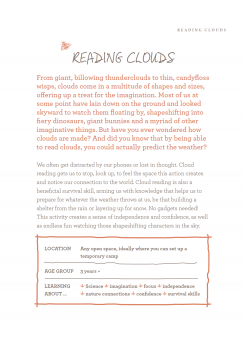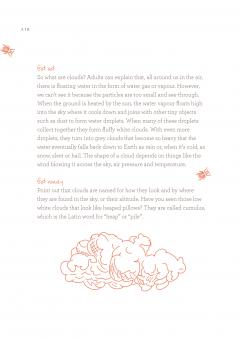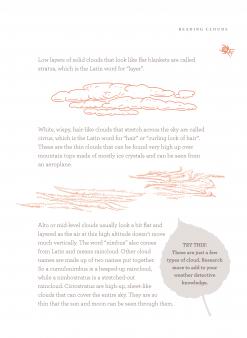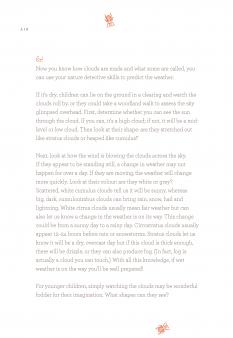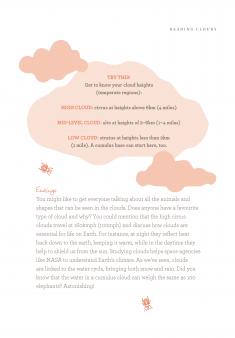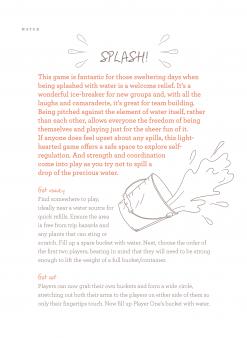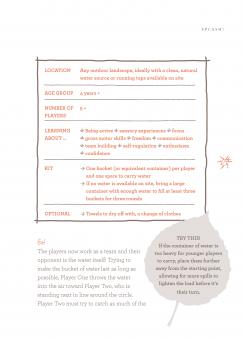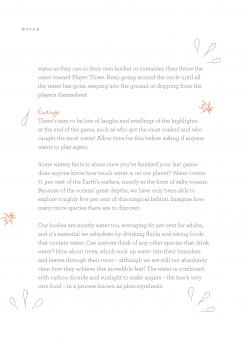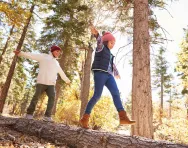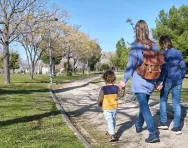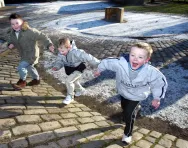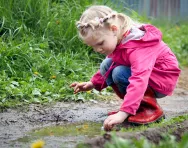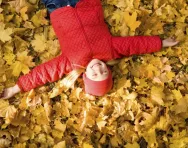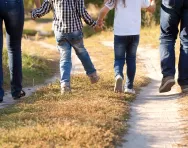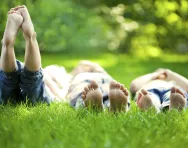TheSchoolRun.com closure date
As we informed you a few months ago, TheSchoolRun has had to make the difficult decision to close due to financial pressures and the company has now ceased trading. We had hoped to keep our content available through a partnership with another educational provider, but this provider has since withdrawn from the agreement.
As a result, we now have to permanently close TheSchoolRun.com. However, to give subscribers time to download any content they’d like to keep, we will keep the website open until 31st July 2025. After this date, the site will be taken down and there will be no further access to any resources. We strongly encourage you to download and save any resources you think you may want to use in the future.
In particular, we suggest downloading:
- Learning packs
- All the worksheets from the 11+ programme, if you are following this with your child
- Complete Learning Journey programmes (the packs below include all 40 worksheets for each programme)
You should already have received 16 primary school eBooks (worth £108.84) to download and keep. If you haven’t received these, please contact us at [email protected] before 31st July 2025, and we will send them to you.
We are very sorry that there is no way to continue offering access to resources and sincerely apologise for the inconvenience caused.
Forest school fun for kids
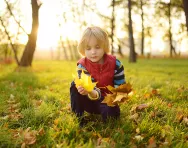
If you’re an adult, you can probably remember spending many hours each week playing outdoors as a child, heading off first thing after breakfast and not coming back home until tea time. There wouldn’t be a grown-up in sight while you explored woodlands, building sites and parks, playing games with friends in the street, climbing trees, testing boundaries and taking risks all for the sheer fun of it.
Many of us now live in societies where, compared to those of previous generations, people spend more and more time indoors, and where parents unfortunately feel deterred from allowing their children to play outside.
While technology has its valid place, it’s the imbalance of its use in many of our children’s lives that is the issue. One study found that children today spend twice as long looking at screens than playing outside, and more than half of this time for some will be solitary screen-based activities without their family or friends, often continuing late into the night. Not only has this sort of sedentary lifestyle contributed to the obesity epidemic for adults and children in the developed world, but many scientists believe our brains are simply not designed for this complex 24/7 world, with its constant bombardment of information.
As most of us will know, research shows that physical activity has a positive effect in keeping us healthy. If this physical activity takes place outside in a natural setting, there are further benefits: sunlight and soil microorganisms can boost the body’s levels of serotonin, a chemical linked to feelings of wellbeing, while vitamin D, essential for bone and muscle health, is also provided by the sun’s rays. More recently, however, studies have concluded that there’s something about simply being in nature that has a beneficial effect on reducing stress and mental fatigue, and increasing our attention capacity, critical thinking and resilience. It also promotes self-motivation and the ability to connect with other people and nature itself, leading to improved feelings of wellbeing, creativity and environmental stewardship. These are all skills that are vitally important for kids to thrive in the 21st century, and indeed are key to sustaining a healthy future for us all on this magnificent planet, our home.
Forest school always takes place in a natural setting and as such has the potential to provide participants with an opportunity to spend time in nature with all the resulting benefits – particularly for those who may often feel estranged from the natural world.
Reading clouds
From giant, billowing thunderclouds to thin, candyfloss wisps, clouds come in a multitude of shapes and sizes, offering up a treat for the imagination. Most of us at some point have lain down on the ground and looked skyward to watch them floating by, shapeshifting into fiery dinosaurs, giant bunnies and a myriad of other imaginative things.
But have you ever wondered how clouds are made? And did you know that by being able to read clouds, you could actually predict the weather?
Click on the images below to download a step-by-step guide to cloud reading.
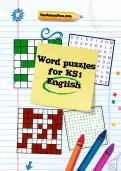
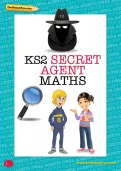
Claim four puzzle packs today!
- KS1 & KS2 Word Puzzle Packs
- Numeracy Puzzle Packs for KS1 & KS2
- Challenging and exciting | Boost key skills
Splash!
This water play game is fantastic for those sweltering days when being splashed with water is a welcome relief. It’s a wonderful ice-breaker for new groups and, with all the laughs and camaraderie, it’s great for team building.
Being pitched against the element of water itself, rather than each other, allows everyone the freedom of being themselves and playing just for the sheer fun of it. If anyone does feel upset about any spills, this lighthearted game offers a safe space to explore self-regulation. And strength and coordination come into play as you try not to spill a drop of the precious water.
More Forest School Wild Play ideas
A guide to nature-based play, Forest School Wild Play by Jane Worroll and Peter Houghton (£13.99, Watkins Publishing) is full of ideas to get kids outdoors, learning about and connecting with nature, developing new skills and having fun.
The Forest School crafts, games and survival activities are all themed around the elements of earth, air, fire and water. For example, you'll learn how to:
- Earth: make a mud slide, try Bogolan mud painting on cloth, and hurl mud missiles at a moving target
- Air: make a bullroarer or a whistle and build a twig kite and fly it
- Fire: dig a Dakota fire pit, make a bug-repellent torch and navigate using a shadow stick
- Water: mix natural dyes and build and test a rainproof den
